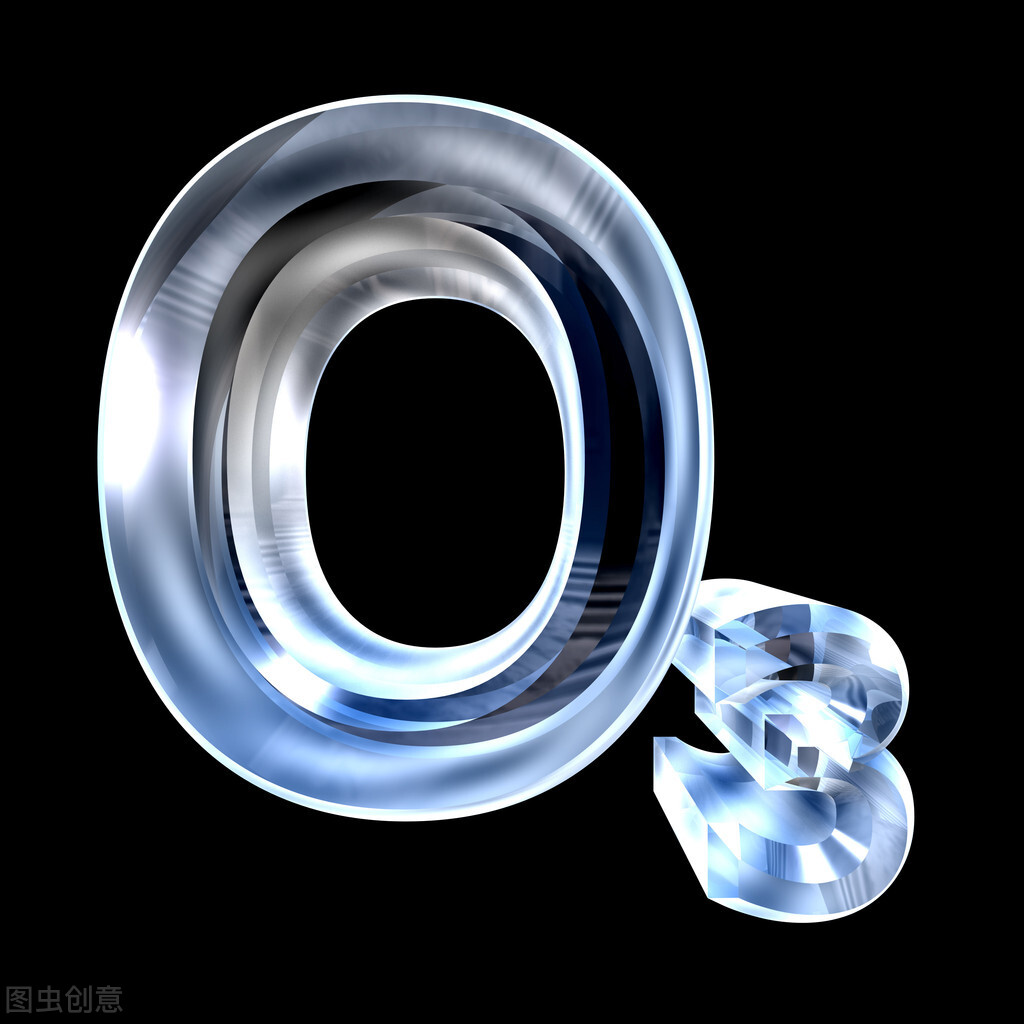Detailed technical explanation of ozone used in sewage, toxic gas and odor treatment
Abstract: In view of the introduction of ozone deodorization technology and strong oxidizing properties, a multi-faceted comparison is made, and the characteristics and application principles of ozone are introduced.
Foreword
Ozone has a high oxidation-reduction potential in water (2.07 V, second only to fluorine, ranking second). It is commonly used for disinfection, deodorization, deodorization, decolorization, etc., and has a wide range of drinking water treatments. application. In recent years, gratifying progress has been made in the application research of advanced ozone oxidation at home and abroad. In industry, advanced ozone oxidation technologies (AOTs), also known as advanced oxidation processes (AOPs), are through the combination of ozone oxidation and various water treatment technologies to form hydroxyl radicals with stronger oxidation and lower reaction selectivity (its Redox potential 2. 80 V). Compared with conventional water treatment methods, the advanced ozone oxidation method has significant characteristics, such as good treatment effect for refractory biodegradable substances, fast degradation speed, small footprint, high degree of automation, no secondary pollution, scum and sludge generation Advantages such as smaller amount. This article introduces the application and comparison of advanced ozone oxidation technology in sewage, toxic gas, and odor treatment. The application comparison of deodorization treatment will be listed separately in the next article for detailed analysis.
1. Toxic gas and odor introduction
Toxic gas refers to the toxic and harmful gas emitted by human beings in the process of production and life. Especially chemical plants, steel plants, pharmaceutical plants, as well as coking plants and oil refineries, etc., emit toxic gases with a strong odor, which seriously pollutes the environment and affects human health. Poisonous gases contain many types of pollutants, their physical and chemical properties are very complex, and their toxicity is also different. The toxic gases emitted from fuel combustion contain sulfur dioxide, nitrogen oxides (NOx), hydrocarbons, etc.; we use different raw materials and processes in our daily life and industrial production, and emit various harmful gases and solid wastes, which contain various Various components such as heavy metals, salts, radioactive substances; such as the exhaust gas emitted by automobiles contains hydrocarbons such as lead, benzene and phenol. Air pollution has become one of the most common and serious environmental problems in the world.
The following table-1 shows how the odor intensity is expressed
Odor intensity (level) Indication method
0 Odorless
1 Smell that can barely be felt (detection threshold)
2 Slightly noticeable smell (recognition threshold)
3 easy to feel smell
4 Strong smell (strong smell)
5 Strong smell (smell)
Odor can be divided into 5 categories according to its composition:
①Sulfur-containing compounds, such as hydrogen sulfide, sulfur dioxide, mercaptans, sulfides;
②Nitrogen-containing compounds, such as amines, amides, indole, etc.;
③Halogen and its derivatives, such as chlorine, halogenated hydrocarbons;
④ Hydrocarbons, such as alkanes, alkenes, alkynes, aromatic hydrocarbons;
⑤Oxygen-containing organic compounds, such as alcohols, phenols, aldehydes and ketones, organic acids, etc.
The following table-2 lists the common odor types in wastewater treatment facilities
Compound name Chemical formula Relative molecular weight Odor threshold ppm Odor characteristics
Ammonia NH3 17.0 46.8 Spicy, irritating
Chlorine Cl2 71.0 0.314 spicy, suffocating
Chlorophenol ClC6H4OH 128.56 0.00018 medicinal flavor
Methyl sulfide CH3-S-CH3 62 0.0001 Rotten onion smell
Ethyl mercaptan C2H5SH 62 0.00019 Garlic smell
Diethyl sulfide (ethyl sulfide) (C2H5) 2S 90 0.000025 Disgusting smell
Hydrogen sulfide H2S 34 0.00047 rotten egg smell
Indole C8H6NH 117 0.0001 Fecal odor, nausea
Methylamine CH3NH2 31 21.0 Rotten smell, fishy
Methyl mercaptan CH3SH 48 0.0021 Rotten onion smell
Skatole C9H9N 131 0.019 fecal smell, vomiting
Sulfur dioxide SO2 64.07 0.009 spicy, irritating
Thiophenol CH3-C6H4-SH 124 0.000062 Skunk smell, rancid
Trimethylamine (CH3)3N

